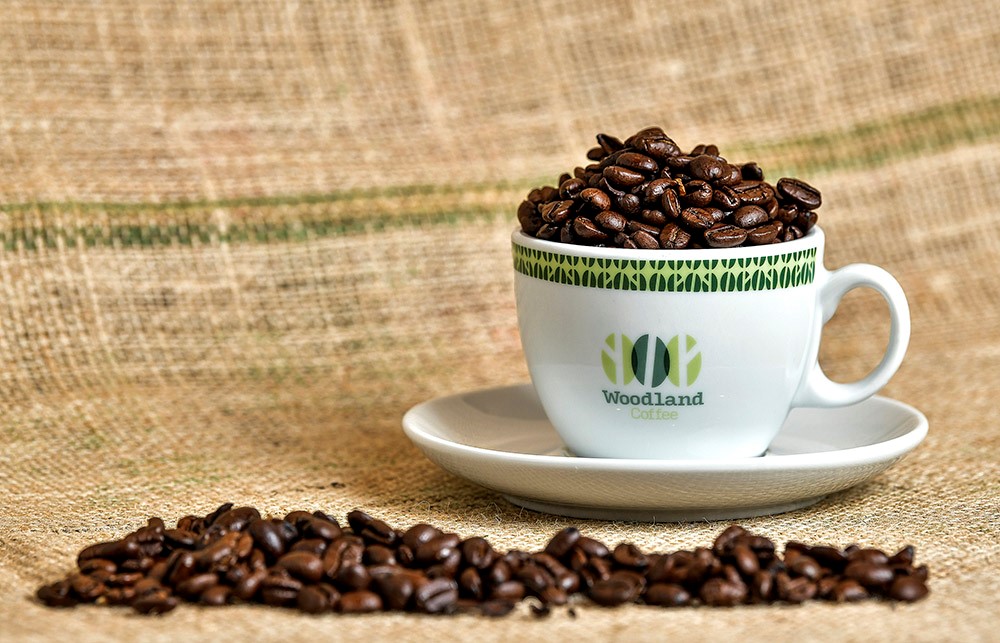Why grind coffee?
Using freshly ground coffee beans delivers freshness, a great aroma and most importantly, a vibrant flavour. Grinding coffee just before using it helps to reduce the oxidisation process allowing you to get the best flavour from the coffee beans.
How should coffee be ground?
There are lots of different ways to grind coffee, from bashing it up with a pestle and mortar, to throwing it into a food blender or preferably using a burr grinder. Ideally we are looking for uniformity of grind size to allow the water react in the same way with all of the coffee being brewed. This makes the burr grinder the preferred choice as each coffee bean must pass through the blades which are set at the same distance from each other which gives that uniform grind profile. Whether you choose a manual hand burr grinder or a fancy electronic one, that’s a matter of personal preference and hand strength!
Why does grind size matter?
The coffee grind affects the time the water is in contact with the ground coffee and hence the length of time allowed for the chemical reaction between the two. The grind profile will affect the speed at which the water passes through the coffee picking up flavour. A fast extraction of coarsely ground beans will result in nothing more than tasteless coloured water and a slow extraction through very finely ground beans creates burning and an over extracted flavour, so it’s a bit like Goldilocks and the Three Bears, we need to get it just right!
What size should the coffee be ground to?
Now, it really depends on how the coffee will be brewed. For espresso machines, a good rule of thumb is that the grind profile needs to deliver an extraction time of approximately 25 seconds including pre-infusion; so from the time you press the button to the time you have extracted a 40ml shot of coffee. As the water is forced through the coffee at pressure for a short amount of time, the coffee grind needs to be fine so that all of the flavour is extracted. A useful guide is comparing the coffee grind to the texture of fine table salt.
For a French Press or Cafetiere, the coffee is immersed and steeped in the water for up to 6 or 7 minutes so a coarser coffee grind is acceptable to avoid getting an over extracted flavour from the coffee and a build up of coffee ‘silt’ in the cup. For me a useful guide is a texture similar to that of granulated sugar.
For other types of filtered coffee like V60 drip or aeropress there is good scope for experimentation but I like a fairly fine grind similar to or a little courser than what I would use for espresso; something like fine sea sand.
Coffee that is freshly roasted or has a different roast profile will react differently when ground in a grinder so there are no hard and fast rules which leads to loads of scope for experimentation and fun!
